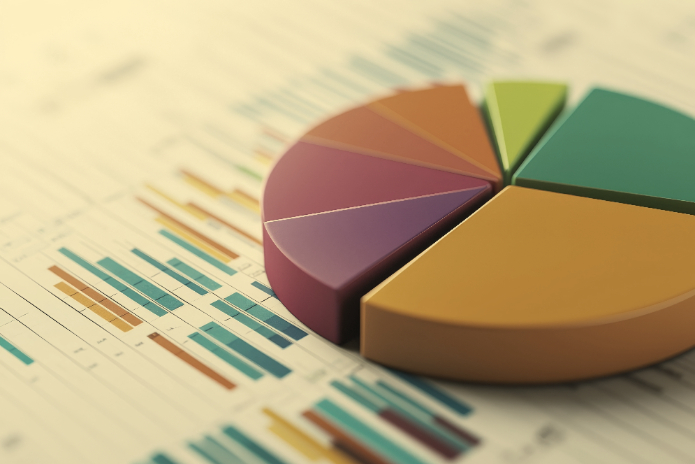Engaging employees has been one of the biggest challenges in the corporate world. According to Gallup’s global report, “State of the Global Workplace,” only 23% of professionals are engaged at work. Additionally, the diversity of values among Gen Z, Millennials, and Baby Boomers can pose an additional challenge to keeping the team in sync. On the other hand, with the expansion of technology and digital resources, gamification has emerged as an efficient solution to boost employee productivity, regardless of the generation they belong to.
Gamification has stood out as a tool to motivate in the workplace. It can be adopted in different ways, but always with a common goal: to increase engagement and productivity. “There is no one-size-fits-all solution for professionals with different needs, preferences, and backgrounds. What companies can do is ensure they have the autonomy to choose the recognition format they deem best,” says Eduardo Rodrigues, CEO of Applause.
Applause is an incentive management startup that offers a gamification-based platform aimed at recognizing employees according to their own choices. Despite the discrepancies between age groups in the labor market, a survey by the company with about 1,200 redemptions concluded that all three generations (Z, Millennials, and Baby Boomers) opt for the same type of incentive: iFood Gift Card.
From Rodrigues’ perspective, the difference between these employees may be smaller when considering a common goal. “The views may differ, but the relentless pursuit of recognition unites all generations. That’s why the effectiveness of gamification depends on a deep understanding of each individual’s characteristics and expectations. By aligning strategies with these nuances, companies can create more motivating and productive work environments for everyone.”
Even though younger generations are more familiar with the digital world,Baby Boomers and Generation X tend to be more resistant to using digital technologies, gamification, when implemented intuitively, can be equally advantageous. The secret lies in adjusting the tools so they align with organizational goals and are easily accessible.
“Gamification offers an approach that goes beyond simple performance recognition. It creates an atmosphere of healthy competition and encourages all employees to achieve better results. Above all, the approach is based on adaptation and flexibility,” says Rodrigues.
The expert’s comments are data-driven. The Gamification in Marketing survey shows that 70% of two thousand global companies analyzed use gamification in some form. In Brazil, Gupy states that four out of ten companies use gamification-based training to train employees.


